Chapter 3
Organization at the Cellular Level
By Boundless

The plasma membrane protects the cell from its external environment, mediates cellular transport, and transmits cellular signals.
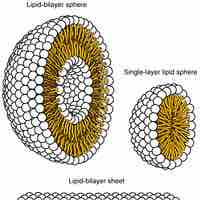
The fluid mosaic model describes the plasma membrane structure as a mosaic of phospholipids, cholesterol, proteins, and carbohydrates.
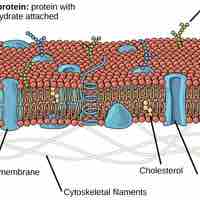
The mosaic nature of the membrane, its phospholipid chemistry, and the presence of cholesterol contribute to membrane fluidity.

Diffusion is a process of passive transport in which molecules move from an area of higher concentration to one of lower concentration.
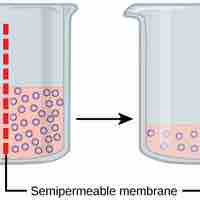
Osmosis is the movement of water across a membrane from an area of low solute concentration to an area of high solute concentration.

Tonicity, which is directly related to the osmolarity of a solution, affects osmosis by determining the direction of water flow.

Facilitated diffusion is a process by which molecules are transported across the plasma membrane with the help of membrane proteins.
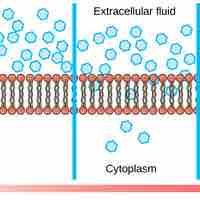
Passive transport, such as diffusion and osmosis, moves materials of small molecular weight across membranes.

The sodium-potassium pump maintains the electrochemical gradient of living cells by moving sodium in and potassium out of the cell.
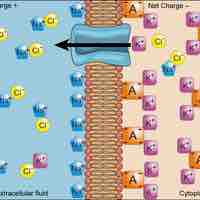
To move substances against the membrane's electrochemical gradient, the cell utilizes active transport, which requires energy from ATP.
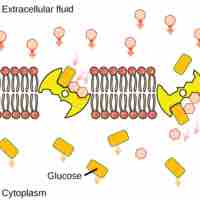
In secondary active transport, a molecule is moved down its electrochemical gradient as another is moved up its concentration gradient.

Endocytosis takes up particles into the cell by invaginating the cell membrane, resulting in the release of the material inside of the cell.
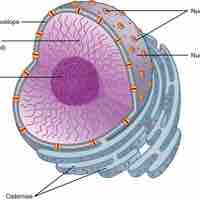
Found within eukaryotic cells, the nucleus contains the genetic material that determines the entire structure and function of that cell.

A eukaryotic cell has a true membrane-bound nucleus and has other membranous organelles that allow for compartmentalization of functions.
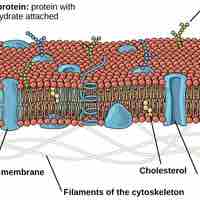
The plasma membrane is made up of a phospholipid bilayer that regulates the concentration of substances that can permeate a cell.
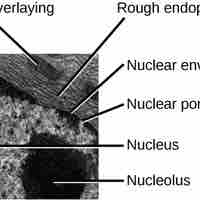
The endoplasmic reticulum is an organelle that is responsible for the synthesis of lipids and the modification of proteins.

The Golgi apparatus sorts and packages materials before they leave the cell to ensure they arrive at the proper destination.

Lysosomes are organelles that digest macromolecules, repair cell membranes, and respond to foreign substances entering the cell.
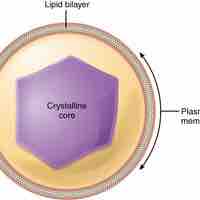
Peroxisomes neutralize harmful toxins and carry out lipid metabolism and oxidation reactions that break down fatty acids and amino acids.
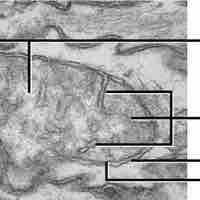
Mitochondria are organelles that are responsible for making adenosine triphosphate (ATP), the cell's main energy-carrying molecule.
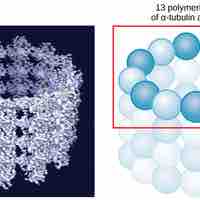
Microtubules are part of the cell's cytoskeleton, helping the cell resist compression, move vesicles, and separate chromosomes at mitosis.

Microfilaments, which are the thinnest part of the cytoskeleton, are used to give shape to the cell and support all of its internal parts.
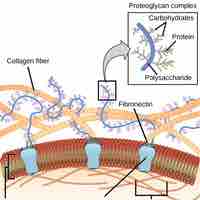
The extracellular matrix of animal cells holds cells together to form a tissue and allow tissues to communicate with each other.
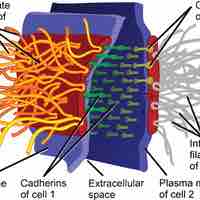
Intercellular junctions provide plant and animal cells with the ability to communicate through direct contact.

